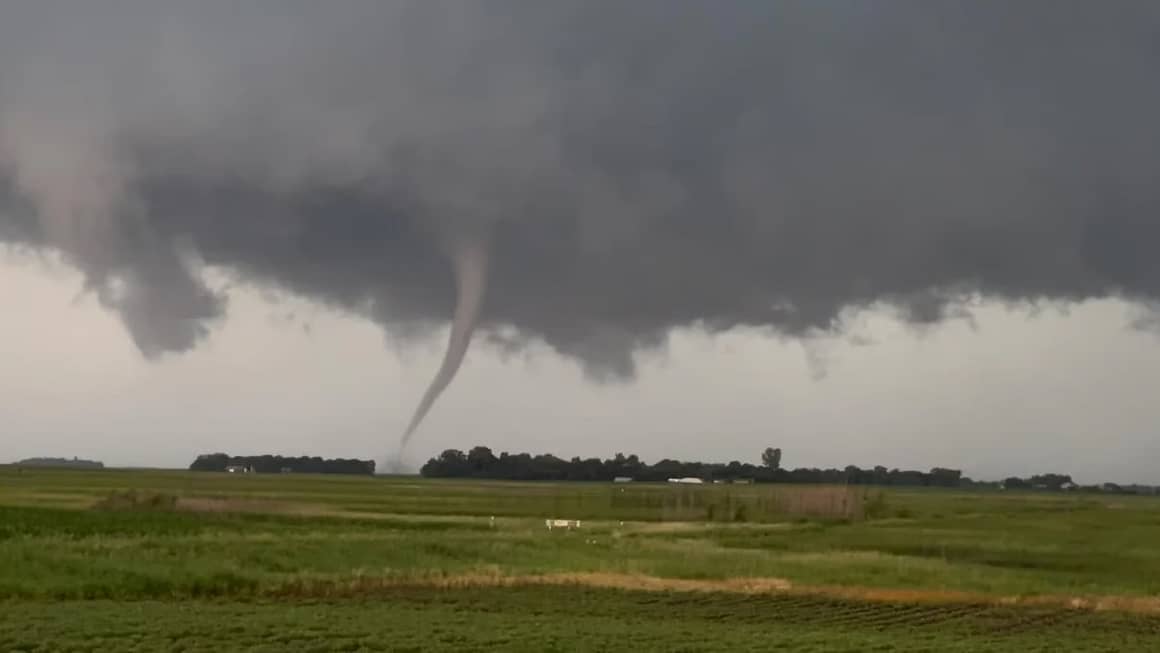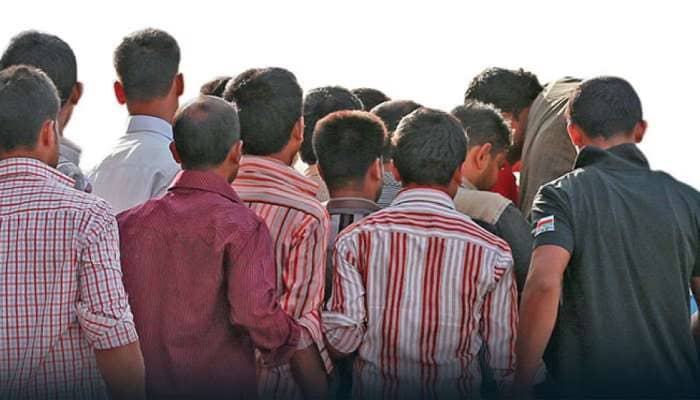The scale of the US tariff hike, unveiled on Wednesday, has blindsided investors, triggering a seismic sell-off across global stock markets. On April 3, 2025, the S&P 500 plummeted 5%, marking its steepest one-day drop since March 2020, while the Dow Jones shed 3.9% and the Nasdaq cratered nearly 6%. Fears of a global trade war and a potential US recession loom large, with multinational giants like Nike and Apple bearing the brunt of the turmoil.
Wall Street’s Worst Day Since 2020
The US financial market faced a brutal reckoning as the tariff hike—including a baseline 10% tariff on all imports, 20% on the EU, 34% on China, and a staggering 54% on Lesotho—rattled investor confidence. Nike shares plunged 13% to $55.58, reflecting its reliance on overseas manufacturing, while Apple dropped 10% to $203.018, hit hard by its China-centric supply chain. Tech titans Nvidia fell 7% to $101.835, and Tesla, led by Elon Musk, slid 5% to $267.28, as per the latest real-time data at 1:34 PM PDT on April 3, 2025. Vishala Sri-Pathma, a seasoned business reporter, notes that the unexpected magnitude of these tariffs caught markets off-guard, amplifying fears of economic fallout.
President Donald Trump, unfazed by the chaos, remains bullish. Speaking before boarding Air Force One, he likened the tariff plan to a medical “operation,” insisting, “The markets are going to boom. The stock is going to boom. The country is going to boom.” He claims the measures will inject “six or seven trillion dollars” into the US economy, though critics argue this optimism overlooks the risks of retaliatory measures and a fractured global trading system.
Ripple Effects Across Borders
The World Trade Organization (WTO) slashed its global trade forecast from 3% growth to a 1% contraction, signaling the tariffs’ profound threat to the WTO system established 30 years ago. Director-General Ngozi Okonjo-Iweala warns of “substantial implications” and a potential “tariff war,” as countries like the UK and Poland weigh their responses. The UK is drafting retaliatory tariffs on US goods, while Poland’s Foreign Minister Radek Sikorski promises a “measured, professional, and clever” EU counterstrategy. Italy’s Prime Minister Giorgia Meloni calls the tariffs “wrong” but urges restraint, arguing that escalation isn’t the answer.
In Lesotho, hit with the highest 54% tariff, Trade Minister Mokhethi Shelile fears factory closures and mass job losses in its textile and diamond sectors, which thrive under a tax-free US trade initiative. A government delegation is set to plead its case in Washington. Meanwhile, Mexico’s President Claudia Sheinbaum opts against retaliation, citing the strength of US-Mexico ties under the USMCA, though uncertainty lingers over its $200 billion car export industry.
Industries and Workers in the Crosshairs
The tariff announcement has sparked alarm in regions dependent on cross-border trade. In Windsor, Ontario, the temporary shutdown of a Stellantis plant—the city’s largest employer—looms as a “scary” prospect for workers like Derek Gungle. “If it becomes permanent, I have no idea what I’ll do,” he says, evoking memories of Flint, Michigan’s deindustrialization. In the UK, construction giant JCB plans to double its Texas factory to dodge tariffs, while bracing for a 10% tariff on exports from Britain.
US consumers may soon feel the pinch as higher prices loom. Jonathan Josephs of the BBC explains that tariffs, paid at US borders, will squeeze supply chain profits, ultimately burdening American shoppers. Trump’s hope is to revive US manufacturing, but skeptics question whether firms can pivot quickly enough—or compete on cost.
A New Trade Era?
The Trump administration justifies the tariffs by pointing to trade deficits, with a formula halving a country’s deficit-to-import ratio to set rates (e.g., China’s $295 billion deficit against $440 billion in imports yields a 34% tariff). Critics like former VP Mike Pence warn that “blowing up the world trading system” carries unadvertised consequences. Northern Ireland’s First Minister Michelle O’Neill labels it a “race to the bottom,” while the WTO chief fears a sidelined organization if Trump bypasses its rules.
As US stocks hemorrhage value—wiping out 10% since January—the tariff hike heralds a volatile new chapter. Will Trump’s gamble spark a domestic boom, or plunge the world into economic chaos? For now, Wall Street and beyond watch with bated breath.


